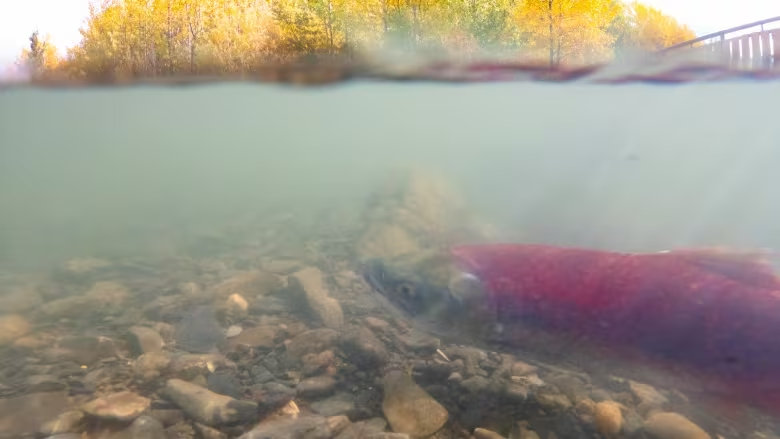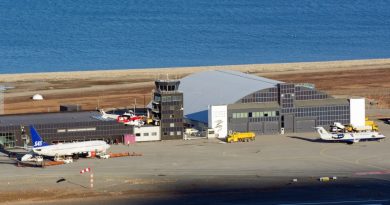Above-average sockeye salmon run expected in Yukon’s Alsek River

· CBC News
Numbers have been low for most of last two decades, but about 30,000 are expected to swim the Alsek River
After decades of low numbers, this summer’s sockeye salmon run on Yukon’s Alsek River is expected to be above average for the second year in a row. What’s behind the rebound is still a mystery.
Last year, Fisheries and Oceans Canada (DFO) expected 11,000 sockeye salmon to return to the Alsek to spawn, but the actual number was more than double that prediction. It was the highest escapement seen in the area in more than two decades.
DFO expects this year’s runs could see nearly as many sockeye in the river, which flows from the Yukon through northern B.C. to Alaska.
“We’re not anticipating we’ll meet last year’s numbers,” said Tom Buzzell, a transboundary river manager for DFO.
“Our early-run sockeye numbers are very low, but coming in for the late run sockeye, which will run later into August and into September, we have a just slightly above-average forecast of 30,000 fish coming in.”
Reasons unclear
Buzzell says it’s unclear why numbers have bounced back recently.
“It could have been a larger ocean survival,” he said. “But no real strong answers.”
Sockeye runs on the Alsek began dropping off in the 1990s, remaining consistently low until last year.
And British Columbia sockeye runs are currently dipping due to warmer-than-usual waters there. The province has restricted fishing of sockeye on the Fraser River to help conservation efforts this year.
Numbers there are still much larger than in the Yukon. About 4.8 million sockeye swim the Fraser each year on average. Only a third of those are predicted to make it up the river this year, still far more than the 30,000 expected in the Alsek.
Subsistence fishing of sockeye is currently open on the Alsek River though. The Champagne and Aishihik First Nations have fished sockeye on the Alsek and its tributaries for thousands of years.
Recreational fishing may open
And depending on actual numbers this year, recreational fishing in the area could also open by mid-August, Buzzel said.
That has Eric Schroff excited. He’s executive director of the Yukon Fish and Game Association.
“I’ve fished over there a couple of times over the past decade. And it’s great just to look forward to a potential opening this year,” he said in an interview. “For many, many people in Yukon, it’s the only chance they have to fish for salmon in the Yukon.”
Schroff says low numbers in recent decades have made recreational sockeye fishing uncertain from year to year. He says not many people fish recreationally for sockeye when it’s open, but it’s a special experience for those who do.
“People are very careful about how many fish they catch, and treasure the experience and hope they can do it again next year.”
Related stories from around the North:
Canada: 4000 sq km burned near Sambaa K’e. What does that mean for fish?, CBC News
Finland: What a Saami-led salmon rewilding project in Arctic Finland can teach us about Indigenous science, Eye on the Arctic
Greenland: Glowing snailfish full of antifreeze proteins found off coast of Greenland, Eye on the Arctic
United States: Ice decline in Bering Sea could affect carbon export and fish ranges, Eye on the Arctic



